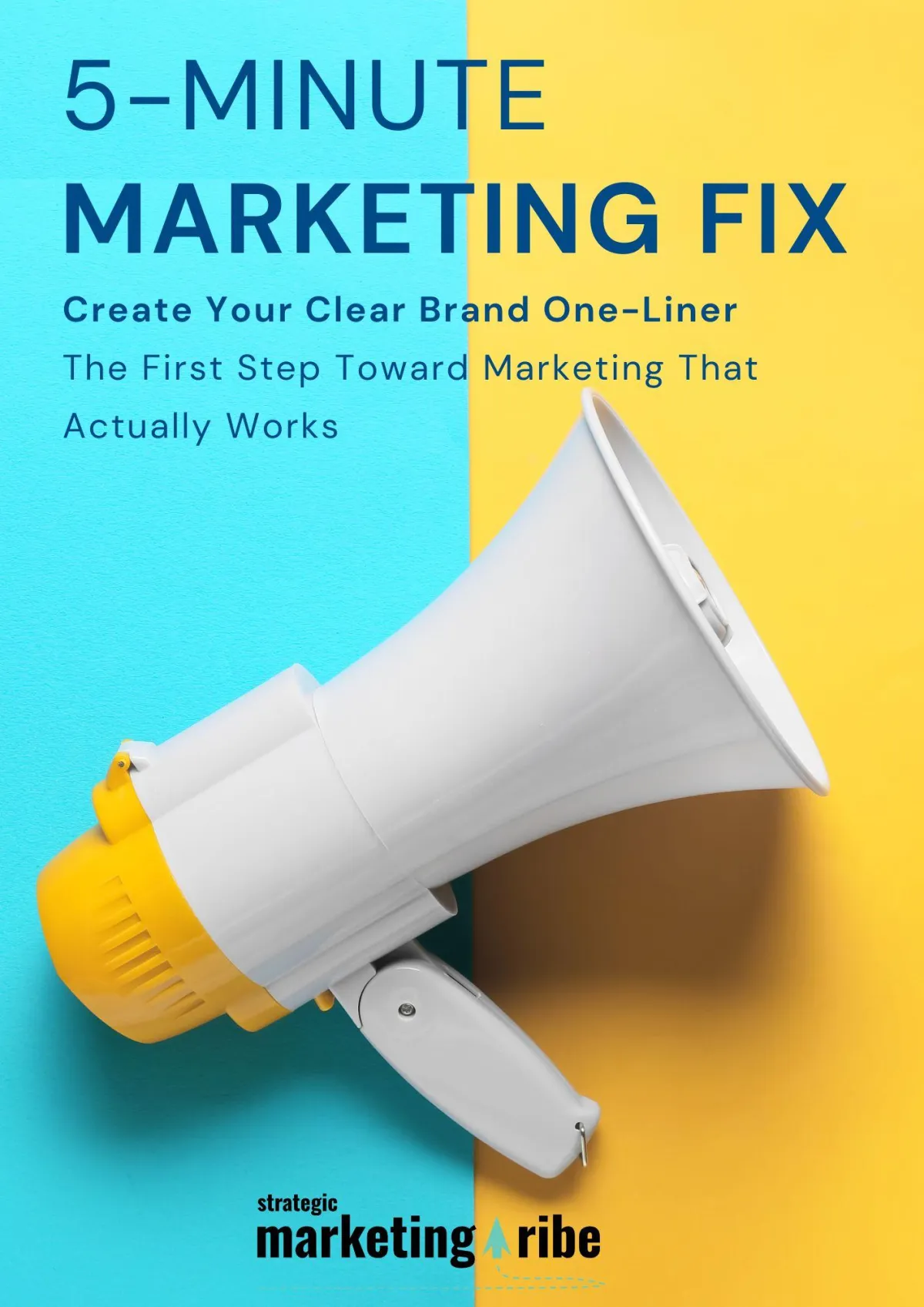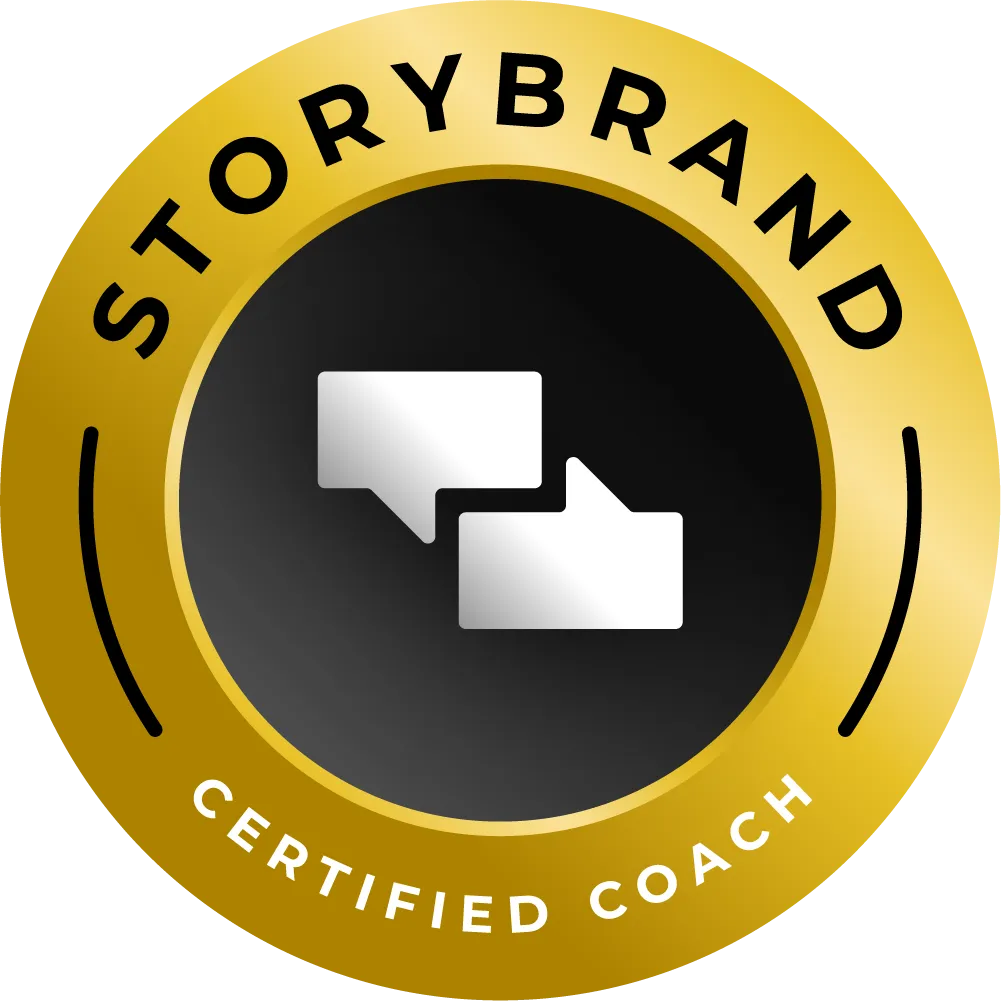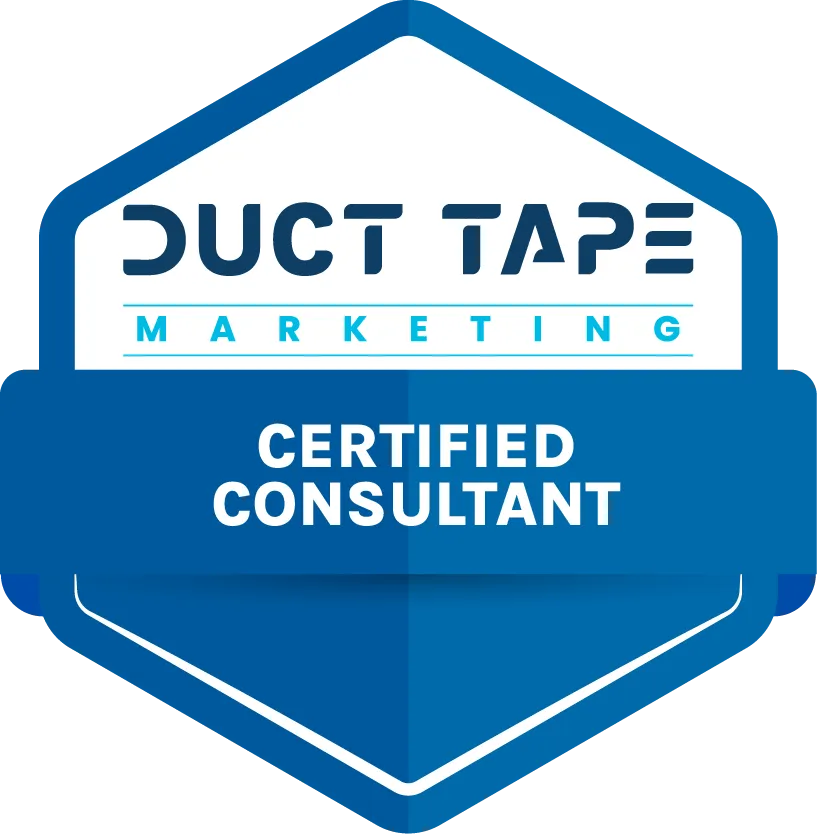STORY, MEET STRATEGY
Let’s make marketing feel less robotic and more real.
Find resources that bring your message—and your business—to life.

Meta’s AI Spending Spikes But There’s No Product
By Vicky Sidler | Published 21 November 2025 at 12:00 GMT+2
If you’ve ever thrown money at a problem hoping it would sort itself out, you’re in good company. Meta just spent $20 billion trying to stay ahead in AI. Investors, however, aren’t buying it.
In the company’s latest earnings call, Mark Zuckerberg laid out a bold vision for Meta’s AI future. Think next-gen data centers. A billion users for Meta AI. Promises of “frontier models” with “novel capabilities.”
What he didn’t lay out was a product roadmap. Or any revenue to go with it.
And that’s where things got messy.
According to a report by Russell Brandom, Meta’s operating expenses jumped by $7 billion compared to last year. Capital expenses jumped nearly $20 billion. The bulk of it went to AI research, hiring, and infrastructure. But when asked what the money had actually produced, the answers were vague.
Zuckerberg mentioned a few tools — the Meta AI assistant, a video generator called Vibes, and some smart glasses named Vanguard — but nothing with clear commercial traction.
Investors were not impressed. By Friday, Meta’s share price had dropped 12 percent. That’s a $200 billion loss in value.
Basically, the math doesn’t math.
TL;DR:
Meta spent $20B this quarter on AI infrastructure and talent
But there’s no breakout AI product generating revenue yet
Investors are nervous, stock is down $200B
Meta is making bold promises without clear delivery timelines
Small businesses should focus on clarity before chasing tech trends
👉 Need help getting your message right? Download the 5-Minute Marketing Fix
Table of Contents:
Meta’s AI Spending Spikes But There’s No Product
AI Infrastructure Is Not a Product:
Everyone’s Spending. But Not Everyone’s Losing Value:
For Small Businesses, This Is a Wake-Up Call:
Don’t Let the AI Hype Distract You From Strategy:
1. Confused Messaging is Costing You Leads
2. Most Small Businesses Waste Money Trying to Reach Everyone
3. Turn One Piece of Content Into Ten
4. The Marketing Hourglass Helps Small Businesses Build Loyal Customers
5. Here’s How to Spot Your Best Clients, Avoid the Worst
FAQs on Meta's AI Spending and Small Business Takeaways
1. Why did Meta’s stock drop if the company is still profitable?
2. What’s the problem with Meta’s current AI tools?
3. How is Meta’s AI strategy different from companies like OpenAI or Google?
4. What’s the takeaway for small businesses?
5. Should small businesses invest in AI tools?
AI Infrastructure Is Not a Product:
To be fair, Meta’s ambition is real. Zuckerberg says the company is building models that will set them apart from everyone else in the market. He talks about business use cases, smarter ad targeting, and content tools that haven’t been launched yet.
But this wasn’t a product announcement. It was an earnings call. And when you spend billions without a clear return, people start to ask questions.
Even Zuckerberg admitted there’s “more to share in the coming months.” That’s not a plan. That’s a placeholder.
Everyone’s Spending. But Not Everyone’s Losing Value:
Meta isn’t the only company pouring money into AI. Google, Nvidia, and OpenAI are spending big too. The difference is that they’re shipping. OpenAI’s ChatGPT is already pulling in $20 billion a year. Google and Nvidia had strong quarters because their products are already driving returns.
Meta, by contrast, is still talking about what’s coming.
That gap between promise and product is what rattled Wall Street.
For Small Businesses, This Is a Wake-Up Call:
If a company with three billion users and unlimited resources can lose trust by failing to connect its spend to a product, what does that mean for small businesses?
It means your tech doesn’t matter unless it helps solve a problem. Your marketing doesn’t matter unless it’s clear. And your strategy doesn’t matter unless it leads somewhere specific.
Zuckerberg is betting on a future that hasn’t arrived. That’s fine when you’ve got billions in the bank. But most small businesses don’t have that kind of buffer.
What you do have is the ability to act quickly, communicate clearly, and stay grounded in real customer needs.
Don’t Let the AI Hype Distract You From Strategy:
There’s nothing wrong with exploring AI tools. Just don’t do it because you feel left behind. Do it because it supports a message that’s already working.
Start with your story. Then choose the tech. Not the other way around.
The best place to begin? A one-liner that explains what you do and why it matters.
My 5-Minute Marketing Fix can help you get yours in five minutes or less.
Because while Meta waits to figure out what it’s selling, you’ve got a business to grow.
Related Articles:
1. Confused Messaging is Costing You Leads
Meta’s AI update felt like a TED Talk without a takeaway. This article breaks down how to fix vague messaging using the StoryBrand framework so your business doesn’t fall into the same trap.
2. Most Small Businesses Waste Money Trying to Reach Everyone
While Meta builds everything for everyone, this post shows why narrowing your target market is what actually drives growth. Spoiler: focus beats scale.
3. Turn One Piece of Content Into Ten
Meta spent billions and still can’t explain the payoff. This guide shows how to squeeze results out of a single idea so you don’t need a data center to get attention.
4. The Marketing Hourglass Helps Small Businesses Build Loyal Customers
Tired of vague promises? This article outlines a step-by-step customer journey so you can deliver real value at every stage—not just say “more is coming soon.”
5. Here’s How to Spot Your Best Clients, Avoid the Worst
Zuckerberg is chasing superintelligence. You just need super-fit clients. This post teaches you how to identify your best customers and stop wasting time on the wrong ones.
FAQs on Meta's AI Spending and Small Business Takeaways
1. Why did Meta’s stock drop if the company is still profitable?
Because investors weren’t convinced the AI spending would lead to actual products or revenue. Meta earned $20B in profit, but with no clear payoff from its AI investments, confidence dropped—along with $200B in market value.
2. What’s the problem with Meta’s current AI tools?
Tools like Meta AI, Vibes, and Vanguard glasses are more experiments than market-ready solutions. They don’t yet solve real user problems or drive revenue, which makes them hard to justify—especially with billions in spending behind them.
3. How is Meta’s AI strategy different from companies like OpenAI or Google?
OpenAI, Google, and Nvidia are all spending on AI too, but they’re also shipping profitable products. OpenAI’s ChatGPT, for example, brings in $20B in revenue. Meta is still pitching potential, not results.
4. What’s the takeaway for small businesses?
Don’t confuse scale with success. You don’t need to spend big—you need to stay clear. A strong message, a focused offer, and a real solution will always beat vague ambition and bloated infrastructure.
5. Should small businesses invest in AI tools?
Yes, if the tool supports your message and solves a real problem. No, if you’re only using it to chase a trend. Always start with strategy—tech comes second.
6. Why does messaging matter more than technology?
Because even the best tools fail if people don’t understand what you do or why it matters. Clear messaging builds trust, and trust leads to sales—AI or not.
7. How can I create a clear message for my business?
Start with a one-liner that explains what problem you solve, how you solve it, and what success looks like. If you need help, try the5-Minute Marketing Fix—it’s free and built for small businesses like yours.

Created with clarity (and coffee)







